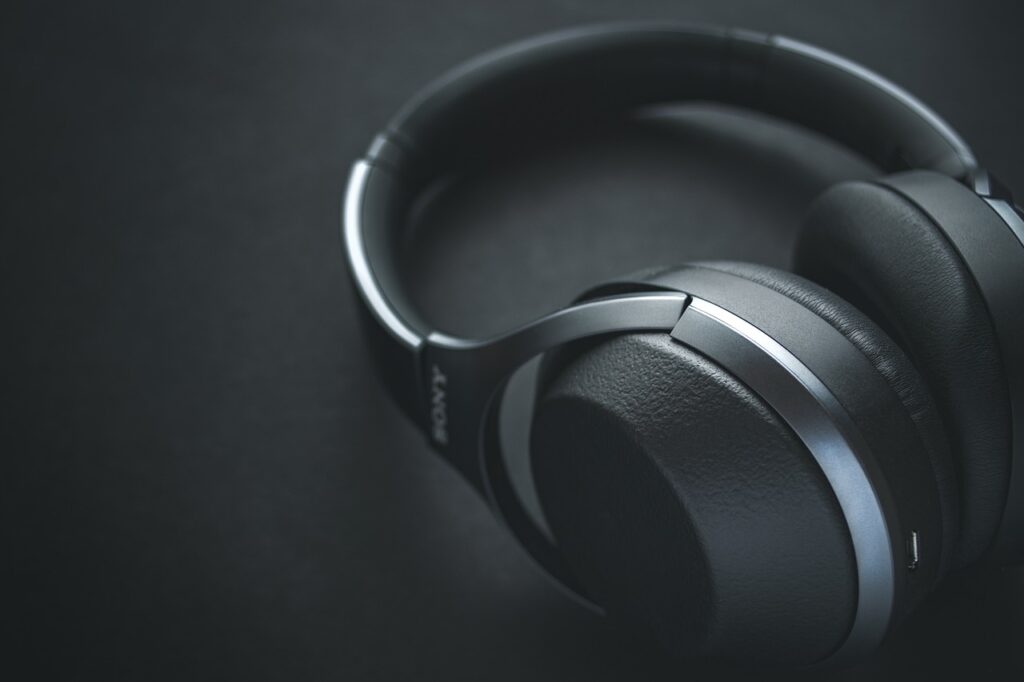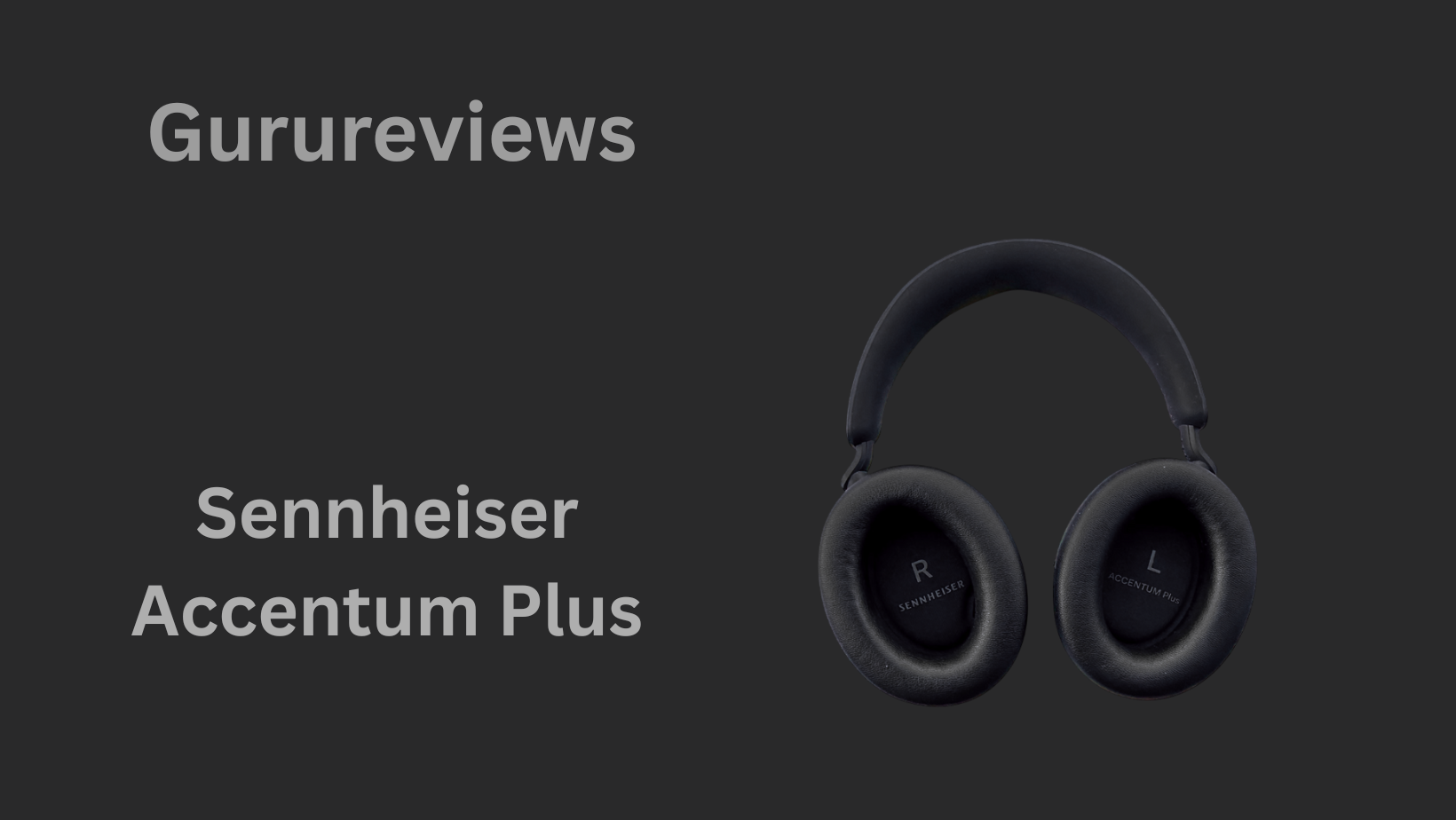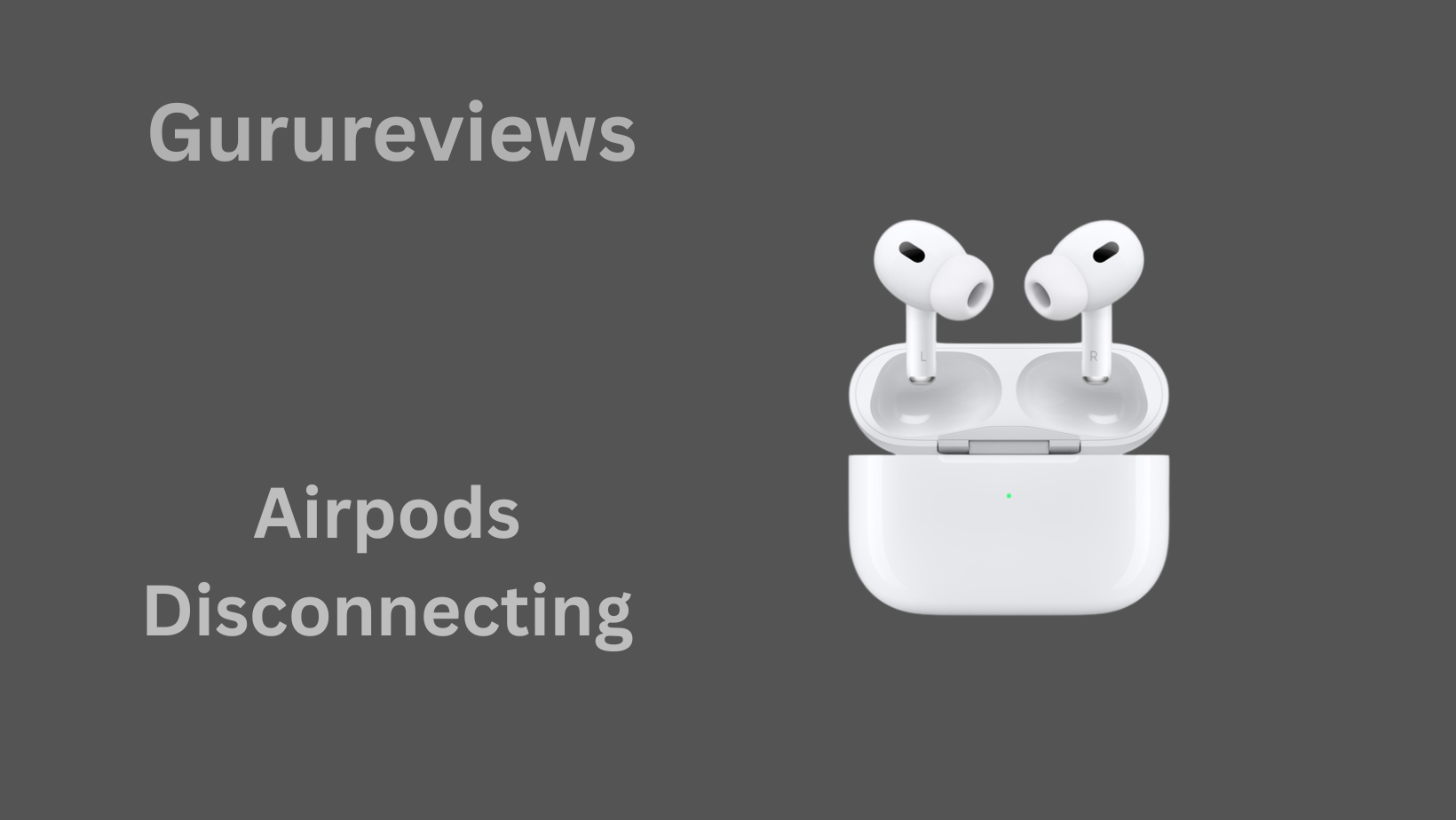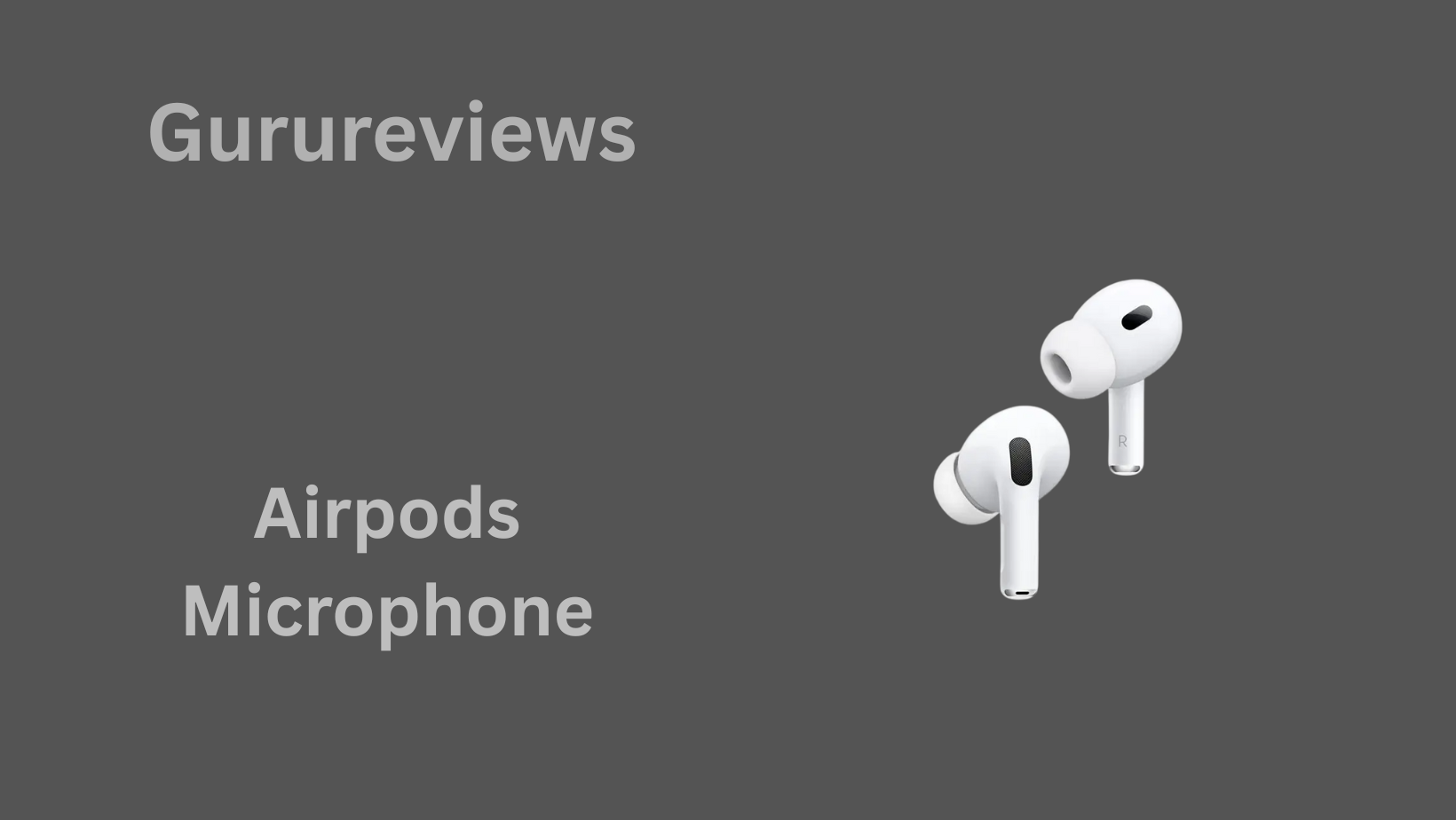The Sony MDR-1000X was the first noise-canceling headset to be released in 2016. It set a new benchmark for wireless audio.
But is the MDR-1000X still a good investment in 2025, when newer models like the WH-1000XM5 and Bose QuietComfort Ultra are taking over the market?
That’s the big question. Whether you’re browsing for a budget-friendly premium headset or digging through used markets, this review breaks down the real-world performance, comfort, noise cancellation, and overall value of the MDR-1000X in today’s fast-evolving audio landscape.
Build Quality & Design: Premium Feel or Outdated Look?
At first sight, the Sony MDR-1000X still seems impressively polished, even for 2025. The smooth finish, simple lines, and lack of branding make it feel high-end and haven’t gotten old.
Some current headphones are flamboyant, but the MDR-1000X is simple and professional, so it’s a good choice for both work and travel.
The headband is largely plastic with some metal embellishments that aren’t too obvious. This keeps the weight down without making it seem weak.
The hinges are strong, and the earcups fold up nicely for easy storage. This is still a characteristic that people like. The ear cushions are soft and velvety, and they fit snugly around the ears.
However, when compared to newer models like the WH-1000XM5 or Bose QC Ultra, the MDR-1000X starts to show its age.
It lacks the ultra-sleek headband curvature or the modern minimalist finish you’d find on the latest headphones. Still, it doesn’t feel cheap or outdated—more like a well-aged classic.
Users have said that they may use them for a long time without much wear, especially if they take care of them properly. The parts don’t creak, and the headband stays tight even after years of use.
✅ Pros
- Rich sound
- Strong bass
- Clear mids
- Effective ANC
- Premium design
- Comfortable fit
- Foldable build
- Touch controls
- Long battery (20 hr)
- LDAC support
- Great value
❌ Cons
- Outdated Bluetooth
- No multipoint
- Micro-USB port
- Sensitive touch
- Slightly bulky
- No smart features
- No voice assistant
- Not sweatproof
Comfort & Fit: Still Long-Hour Friendly?
The Sony MDR-1000X is still remarkably comfortable, even in 2025. The smooth, leather-like cushions on the earcups are thick enough to make a snug seal around the ears without placing too much pressure on them.
These headphones are comfortable even when you’re listening to music for a long time or editing audio for hours.
The headband has just the right amount of clamping force—not too tight, not too loose. It distributes weight evenly across the top of the head, so you won’t feel hotspots or soreness over time.
That said, those with larger heads might notice a snugger fit compared to today’s more adjustable designs.
At around 275 grams, the MDR-1000X is light enough to wear for extended periods without feeling heavy. It doesn’t disappear on your head like some ultra-light 2025 models, but it definitely doesn’t weigh you down.
It starts to feel old when it can’t breathe. The closed-back design and synthetic leather can hold in heat, especially in warm places. Newer headphones employ improved materials that help keep the air circulating throughout long sessions.
Still, for casual listening, work-from-home sessions, or even travel, the MDR-1000X remains a solid choice in terms of comfort and fit.
It may not be the softest or most breathable on the market in 2025, but it’s far from uncomfortable—and better than many budget models you’ll find at the same price.
Features & Controls: Swipe Smart or Feel Old?
Even though the Sony MDR-1000X first launched years ago, it still offers a solid mix of features that make it a relevant choice for 2025—especially if you’re shopping smart and don’t need every latest tech upgrade.
One of the biggest highlights is its noise-canceling capability. At launch, Sony raised the bar with ANC that could genuinely compete with the best in the business.
The MDR-1000X is still great at reducing background noise, particularly deep, low-end sounds like engine hum or street traffic. It may not have adaptive AI-based cancelation like today’s top-tier models, but it still does a respectable job in noisy environments.

When it comes to sound quality, the MDR-1000X holds its ground. The audio is full and warm, with bass that feels present but not overwhelming, balanced mids, and clear highs.
It also supports LDAC and aptX, which are both high-resolution Bluetooth codecs. So, if you’re using a compatible device, you’ll notice better clarity and depth in your music—even over wireless.
The touch controls are built into the right earcup and remain easy to use. You can swipe up and down for volume, left and right for track skipping, and tap to play or pause. These controls were ahead of their time and still feel smooth in day-to-day use.
A standout feature is Quick Attention Mode. Just place your hand over the right earcup, and the music lowers instantly so you can hear what’s going on around you. It’s incredibly useful—whether someone’s talking to you or you need to catch an announcement.
Sony also included Ambient Sound Mode, which helps you stay aware of your surroundings while still enjoying music. For lower-quality files, DSEE HX steps in to upscale audio and improve detail, which is a nice bonus for streaming listeners.
The headphones are comfortable, with soft padding and a lightweight build that doesn’t feel heavy during long listening sessions.
They also fold up for easy storage. Battery life is around 20 hours, which is decent, though the Micro-USB port does feel outdated in today’s USB-C world.
All things considered, the MDR-1000X still delivers a strong feature set in 2025—especially if you value good sound, comfort, and solid noise canceling without spending a fortune.
Still Worth It? 2025 Review of Sony MDR-1000X vs. New ANC Challengers
The Sony MDR-1000X still has great noise cancellation, rich sound, and a high-end design in 2025. These are the same features that made it stand out years ago.
But compared to contemporary ANC headphones like the Sony WH-1000XM5 and Bose QC Ultra, it doesn’t do as well. These headphones last longer on a charge, charge via USB-C, offer additional smart features, and are more comfortable.
The MDR-1000X doesn’t have any of the fun new capabilities that come with modern devices, including being able to connect to multiple Bluetooth devices, control apps, or work with voice assistants.
It’s still a great option for people who only listen to music sometimes or want to save money on old or reconditioned gadgets. It might not be the newest thing, but it works well and is a terrific deal.
FAQs
1. Is the Sony MDR-1000X still worth buying in 2025?
If you don’t require the newest features, yes, it’s an excellent, affordable choice with good ANC and sound quality.
2. Can the MDR-1000X connect to more than one Bluetooth device at a time?
No, it can’t connect to two devices at once.
3. Can I use the Sony MDR-1000X with a USB-C cable?
No, it uses a Micro-USB port for charging.
4. How long does the MDR-1000X’s battery last?
It can play for up to 20 hours on a full charge.
5. Does it work with voice assistants like Siri or Google Assistant?
No, the MDR-1000X doesn’t have built-in voice assistant support.




